In the United States alone, a child is injured from falling from a high chair every hour. Parents might be overprotective with their kids when it comes to playing outside the house, but hidden dangers can be also found in seemingly safe places for kids like playgrounds or even at home.
Bright Side gathered a list of all those things that might look safe, but in reality, can be potential dangers for your child. Keeping in mind that our treasured toddlers need our 24/7 supervision, this list will give you a heads up on what other things you need to beware of in order to protect your little ones.
1. Letting them play dangerous sports
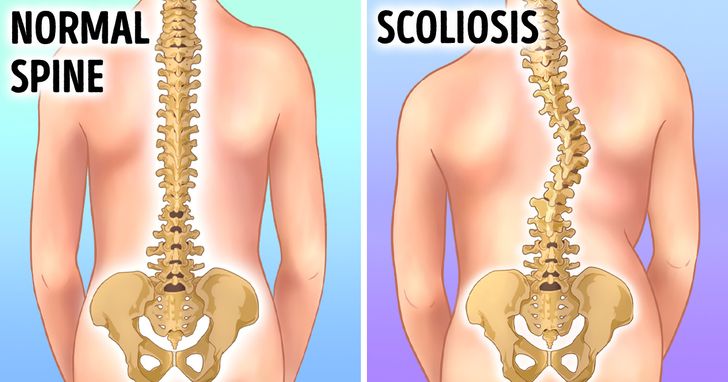
There are numerous advantages for kids who are practicing sports, but there is also a specific list of high-impact sports that can be potentially dangerous for them. The “big 6” to avoid, as forensic pathologist Dr. Bennet Omalu advises, are American football, ice hockey, mixed martial arts, boxing, wrestling, and rugby. During these sports, a child receives multiple blows to the head, which have the risk of exposure to brain damage, according to neuroscientists.
Also, high-impact activities can cause significant compression of the spine and hyperextension of the back that can lead to serious injuries. The repeated engagement in these sports can aggravate scoliosis over time. Squatting, lifting weight over the head, hard landings like in cheerleading, and long-distance running should be avoided.
2. Letting them sit in a W position

The W position is a really common way kids choose to sit when playing on the floor especially because it’s comfortable for them. However, it is probably the most dangerous position for children to adopt and doctors advise parents to discourage their kiddos from sitting like this.
Moreover, osteopath Avni Trivedi stated during an interview that this position has become “a new health epidemic” that can highly impact a child’s development in their leg joints and hip bones, weaken their trunk muscles, and place extra pressure on their back, neck, and shoulders.
3. Giving them tablets (especially toddlers)
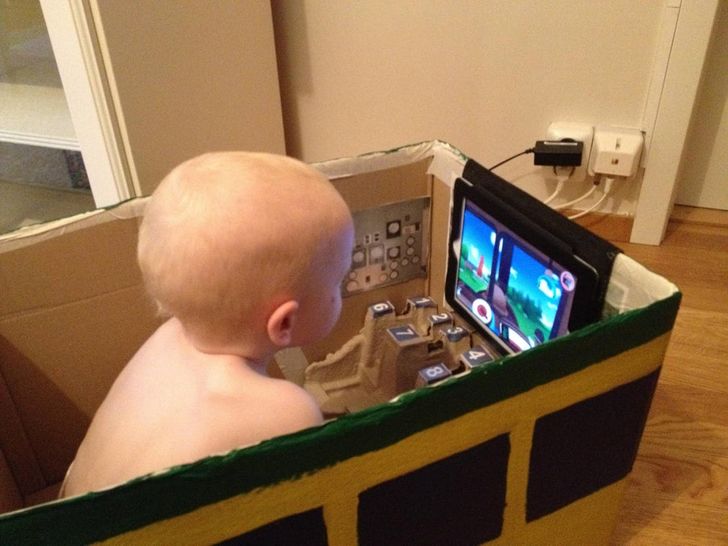
Kiddos spend more and more time in front of screens, especially their favorite new toy, the tablet. Doctors warn parents to reduce “screen time” as much possible because of the blue light, a portion of harmful light that these screens emit.
Common symptoms of overexposure to blue light are headaches, neck and shoulder pain, dry or irritated eyes, but also psychological ones like reduced attention span, poor behavior, and irritability. It can also affect their sleep and wake cycle, making them feel tired and exhausted.
4. Letting them go down the slide on your lap
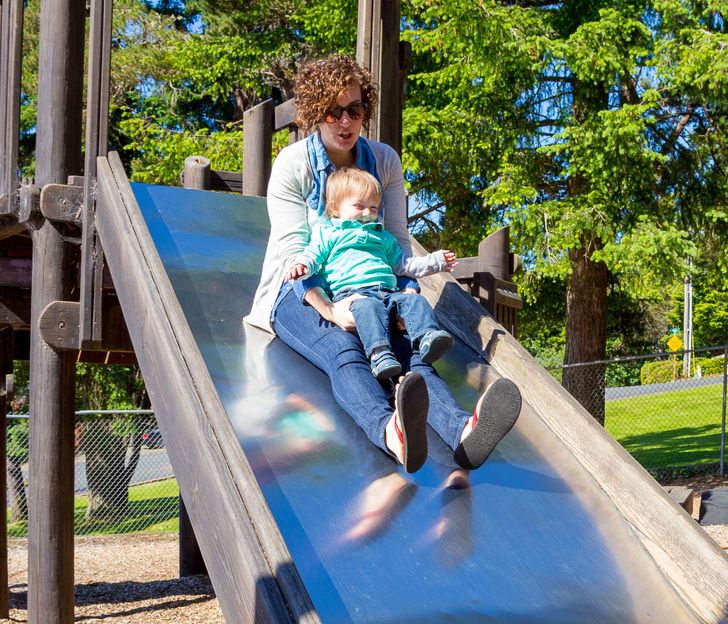
Most parents think that when they are on the playground with their kiddos, it’s safer to go down the slide with their child on their lap. Actually, this is an extremely hidden playground danger that can cause leg fractures in children.
As pediatrician Dr. Diane Arnaout explains, the parent’s weight pushes everything downward at a higher speed, so in the case that any part of the kid’s shoe or arm sticks out of the slide, the leg or arm could twist and break.
5. Playing the Chubby Bunny game with your kids
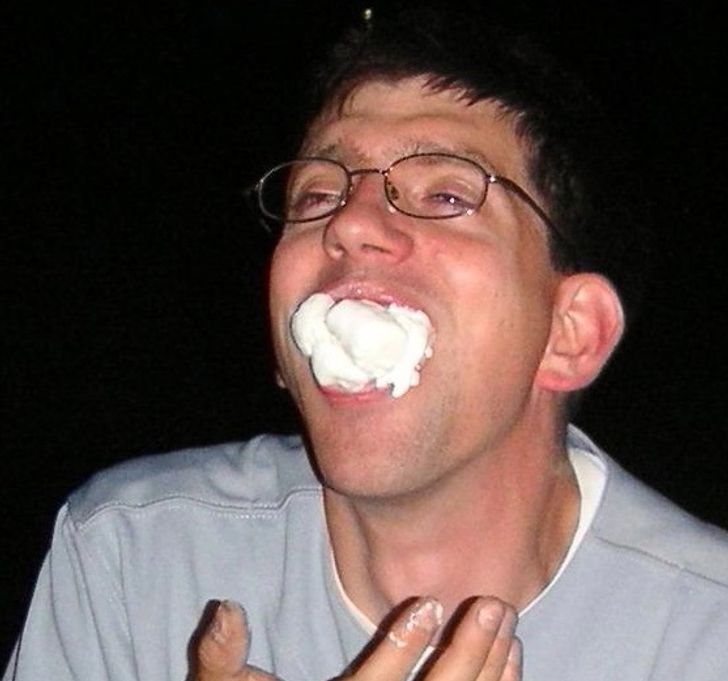
Chubby Bunny is a very popular challenge kids usually do with their parents, where they have to place an increasing number of marshmallows in their mouth while stating the phrase “chubby bunny” as clear as possible.
Even though kids might find it extra fun and tasty, since they get to consume their favorite dessert after the game is over, this is a dangerous challenge and several incidents of chocking have occurred.
6. Standing on chairs
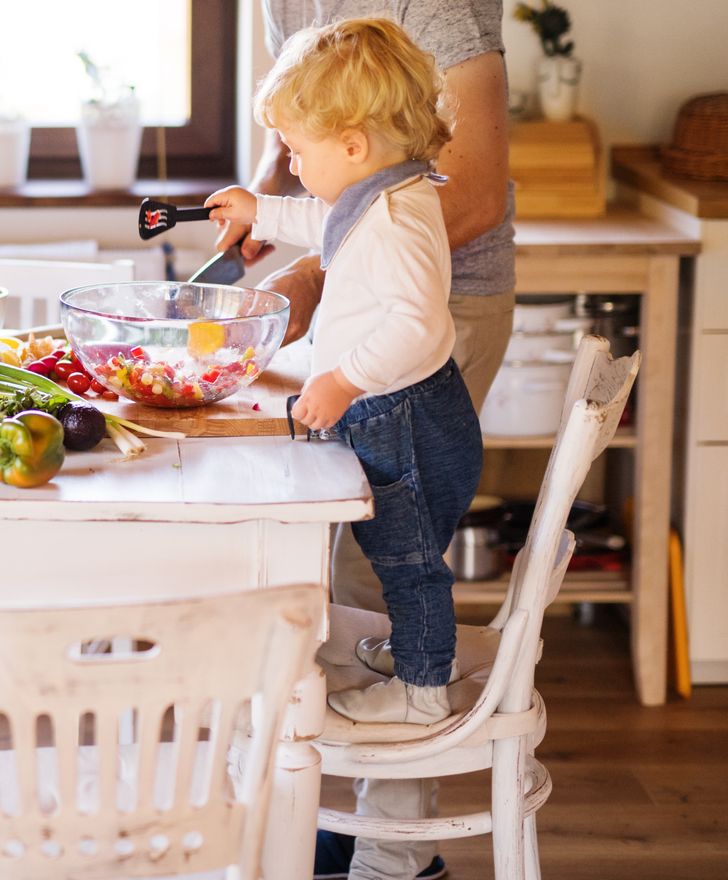
This is one of the most common reasons for children’s injuries, especially among toddlers. Kids are unstoppable, and they usually want to climb everything, including chairs. Falling from high chairs, in particular, is the main cause of head trauma and concussions.
Specialists advise parents to strap their kids into meal chairs, not allowing them to stand up, and also to always supervise them because there is always a possibility for the child to kick off from the table and knock over their chair.
7. Playing in the dirt
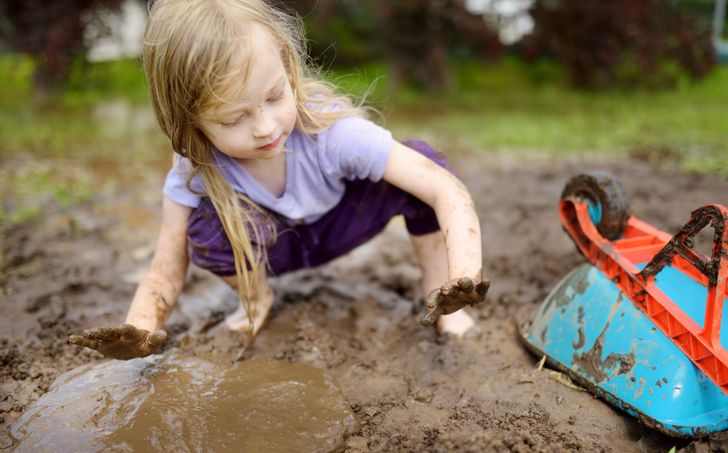
Kids love to get all dirty playing outdoors. What needs to be considered carefully though is where they play, because digging and playing with dirt can be extremely harmful to children. The main cause is lead and it’s dangerous effects on our health.
Even though lead paint in houses has been banned, there are still places with peeling lead paint like barns, garages, and old housing. Children might be exposed to that from bare soil since lead has been found in yards that were near those places. Lead itself is a poisonous metal that can cause brain damage and life-long problems.
8. Jumping on trampolines
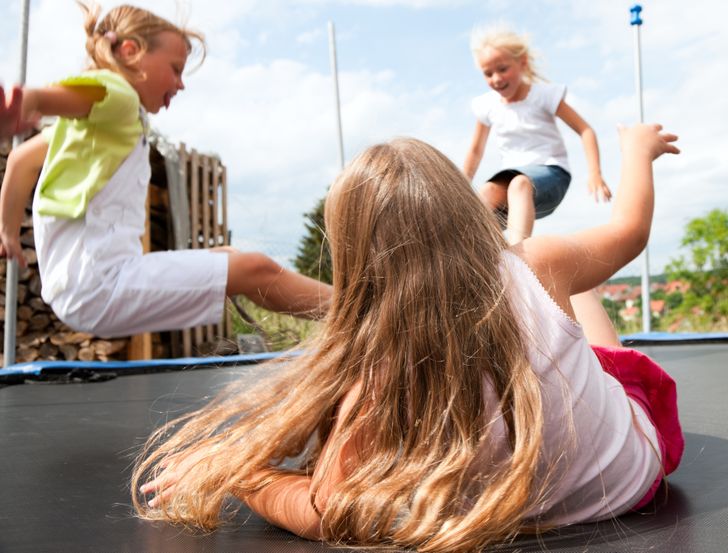
Many parents have installed trampolines, both big and small, in their yards and their kids adore them. This seemingly funny and innocent jumping apparatus can be seriously harmful to children.
According to the American Academy of Pediatrics’ instructions, trampolines shouldn’t be in any home with kiddos. This is because injuries caused by jumping on them happen really often and include broken bones, head injuries, like concussions, and harsher trauma that can lead to permanent brain damage and even death.
9. Mowing the loan with them
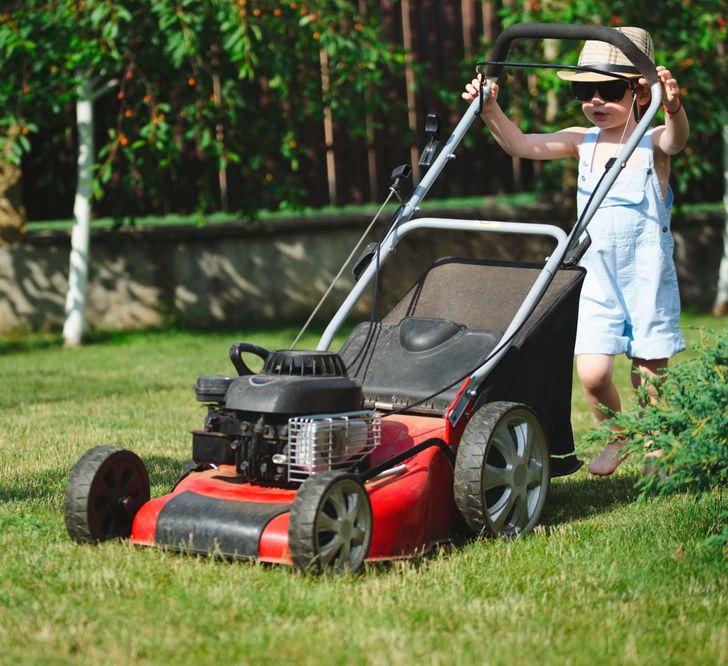
Both pushing and riding lawnmowers are heavy and extremely dangerous machines and can easily harm a young child who will probably want to come closer and see how it works. From cases involving kids falling from dad’s lap and getting injured to kids getting trapped under the heavy machinery to having eye injuries from the cut grass, this is not something you want your kid around.
According to HealthyChildren.org, in the United States alone “more than 9,000 children go to the emergency room for lawn mower-related injuries every year.” Children should stay inside the house as a precaution and be sure that neighborhood children aren’t around either.
10. Climbing on outside equipment
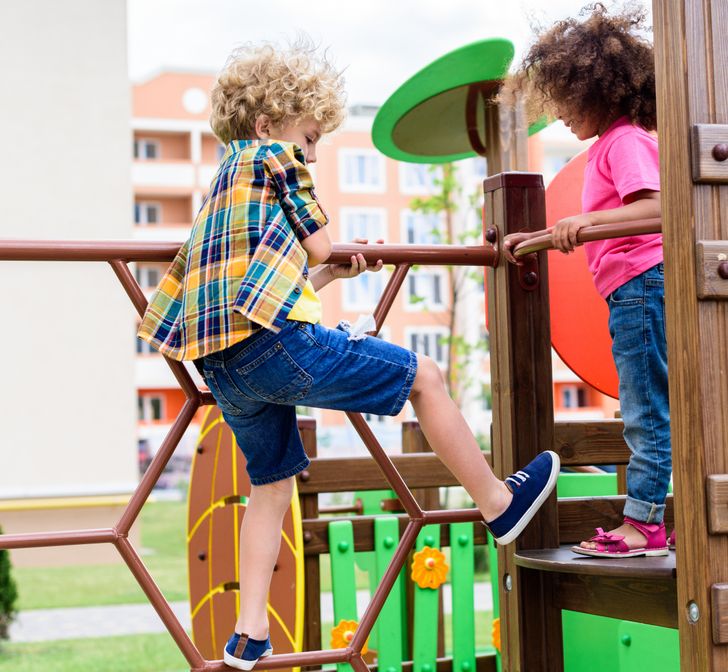
Playgrounds are children’s and parents’ favorite destination, however, continuous supervision is needed in order for kids to return safely home.
According to the Centers for Disease Control and Prevention, more than 200,000 cases of children injured on the playground, some of which are fatal, end up in the ER every year in the USA alone. Most of them are caused by climbing. Even though it looks fun and athletic, climbing is one of the most common causes of falls and serious injuries.
11. Riding a bike without a helmet
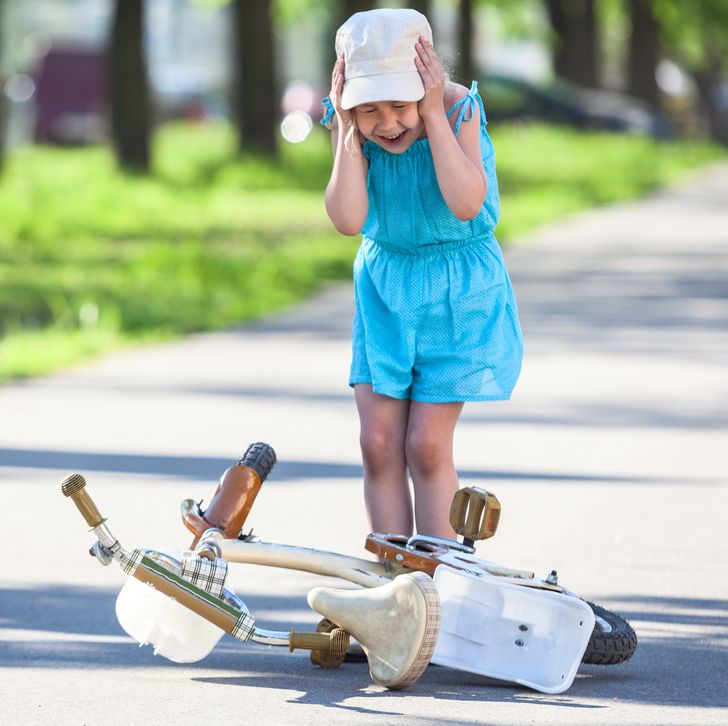
It’s no surprise that cycling is one of the kids’ favorite activities since it gives them a sense of independence, freedom, and fun — exactly what they want. However, riding a bike can be dangerous when riding irresponsibly, especially for kiddos.
What applies to adults, of course, applies to children too. Wearing a helmet is the number one safety rule since it protects the head in case of a fall. Wearing one can prevent brain injuries and severe trauma. It is also important to never let your kid ride unsupervised. Cycling can be a great family activity, so be a good example and ride along with them with your helmet on.
We hope that this selection of potential dangers will help you and your kids enjoy a safer daily life. Are you an overprotective parent? What was the most dangerous adventure you got into as a kid? Tell us your stories in the comments.
With This Cream, My Grandmother Looks 35 at 65: The Best Collagen Mask from Parsley
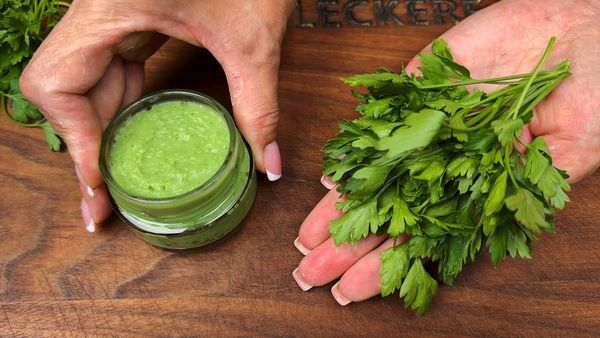
Parsley isn’t just a herb for cooking, but also a hidden gem for skin care! It’s loaded with vitamins and antioxidants that can do wonders for your skin, including improving elasticity, reducing wrinkles, and brightening your complexion. When combined with other natural ingredients, parsley becomes the hero of a collagen-boosting mask that can rejuvenate your skin. Let me share with you the recipe for the best collagen mask from parsley, just like the one that makes my grandmother look years younger!
Why Parsley Works for Skin
Parsley is packed with vitamin C, which is crucial for collagen production. Collagen is essential for maintaining firm, youthful, and wrinkle-free skin. Additionally, parsley contains antioxidants and anti-inflammatory properties that can repair damaged skin, reduce fine lines, and give your complexion a radiant and youthful appearance.
Ingredients for the Parsley Collagen Mask
- 1 handful of fresh parsley
- 1 tablespoon of plain yogurt (natural and unsweetened)
- 1 teaspoon of fresh lemon juice
- 1 teaspoon of olive oil or honey (for added hydration)
How to Make and Use the Mask
Prepare the Parsley
- Thoroughly wash the parsley and finely chop it.
- Use a spoon to mash the parsley into a paste or blend it until smooth.
Mix the Ingredients
- Add the yogurt, lemon juice, and olive oil (or honey) to the mashed parsley.
- Mix everything together until it forms a smooth, creamy paste.
Apply the Mask
- Gently cleanse your face to remove any dirt or makeup.
- Evenly apply the parsley mask all over your face, focusing on areas with wrinkles or dull skin.
- Let the mask sit for 15-20 minutes to allow the ingredients to work their magic.
Rinse Off
- Rinse your face with warm water and gently pat it dry.
- For optimal results, use this mask 2-3 times a week.
Why This Mask Is a Game-Changer
- Boosts Collagen Production: The vitamin C in parsley stimulates collagen production, which is essential for firm and youthful skin.
- Brightens Complexion: Lemon juice helps lighten dark spots and even out skin tone, while yogurt gently exfoliates for a fresh glow.
- Hydrates and Nourishes: Olive oil or honey provides deep hydration, keeping your skin soft and moisturized.
- Fights Wrinkles: Regular use of this mask helps smooth out fine lines and reduce the appearance of wrinkles, giving your skin a youthful boost.
Conclusion
This simple and natural collagen mask made from parsley is a powerful anti-aging remedy that can help you achieve smooth and glowing skin. Whether you want to prevent wrinkles or restore your youthful glow, this mask can work wonders. With just a few natural ingredients, you can enjoy radiant and healthy skin that looks years younger! Give it a try, and you’ll see why my grandmother swears by it!



Leave a Reply